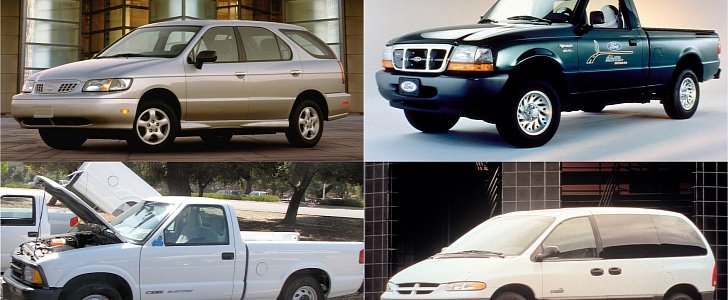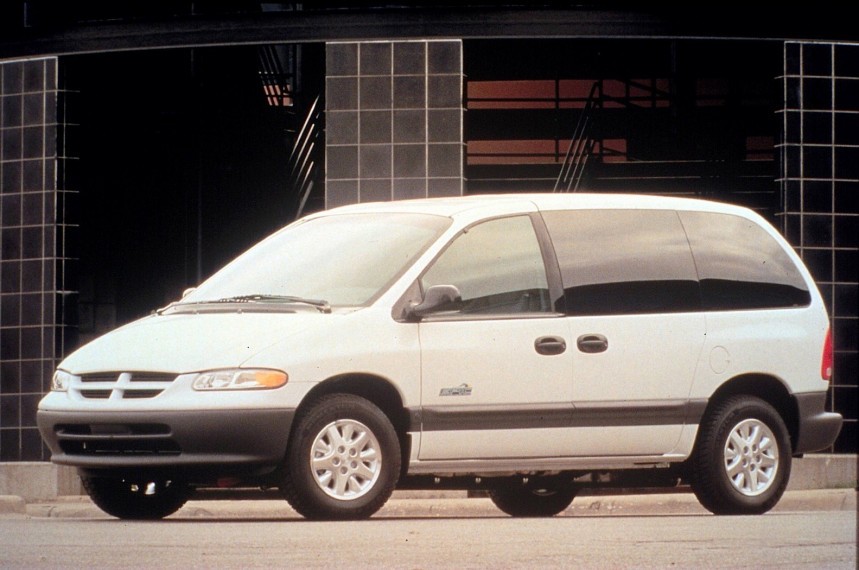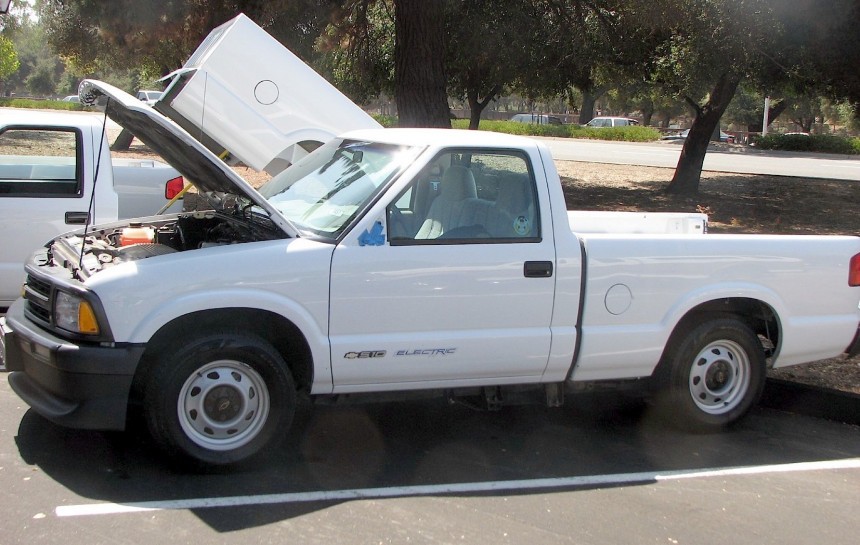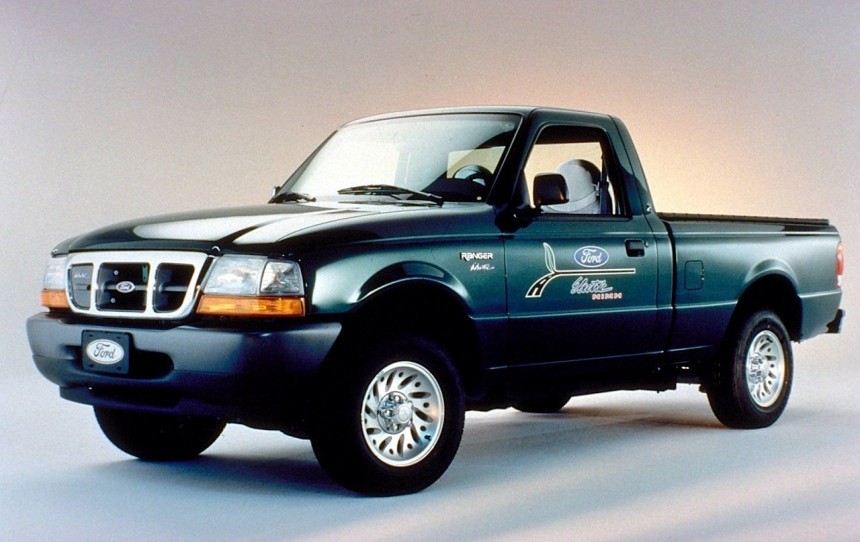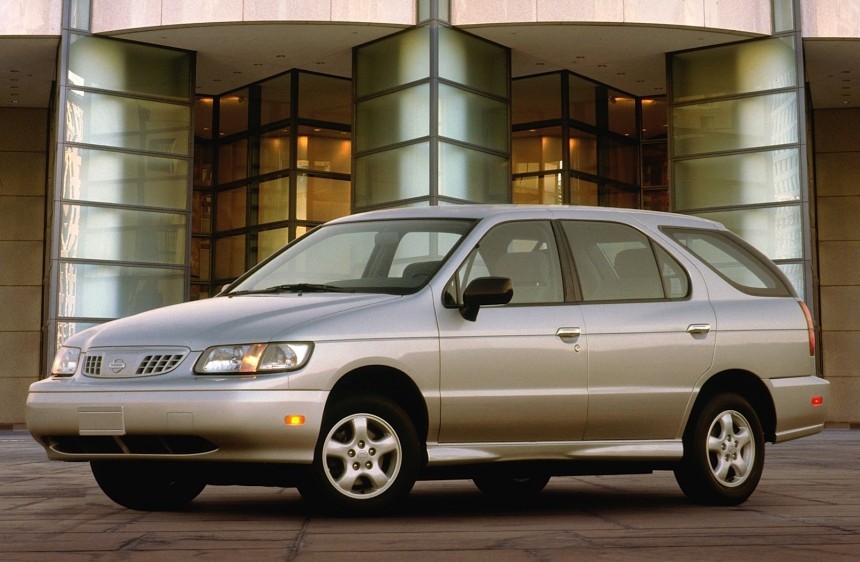It's pretty unusual to go into a random carmaker's showroom nowadays and not see at least an ad about a current or upcoming electric car. Even though they are still far from taking over the automotive world yet, EVs have slowly begun to become a common topic discussion topic and they are no longer seen as weird niche vehicles for the most part.
It's a bit ironic that at the advent of motorized traffic there was a time when more electric cars were populating American roads than gas-powered ones. In the first few years of the 20th century, the bulk of U.S. road traffic comprised of steam-powered cars, followed closely by EVs, while cars running on gasoline were just a slowly evolving niche and Rudolph Diesel hadn't invented his compression engine yet.
Things changed substantially of the course of the next decades, with steam being almost immediately becoming forgotten and EVs declining at the same rate as the internal combustion engine (ICE) was evolving.
In less than a decade, the electric car was no longer seen as the future of transportation but an inefficient remnant of the previous century. If you think current EVs can still give you range anxiety and have a poor charging infrastructure, you can imagine how it was about a century ago, when all-electric cars were pretty much confined to the city.
The discovery of massive oil reserves around the world paired with Big Oil lobbying that resulted in a huge increase in the number of fueling stations made it even worse for them and much better for ICE-powered vehicles. Ironically, some say that the invention of the electric starter, which did away with hand cranking a gasoline engine to life, was one of the final nails in the electric car coffin.
Over a hundred years after the Golden Age of the electric cars, they decided to make an abrupt comeback in the second decade of the 21st century, impulsed by advancements in battery technology and an acute need for green motoring in oversized cities.
The new Golden Age of EVs is yet to come, but most would agree that its first baby steps began to be taken in 2008 when the Tesla Roadster stormed the automotive industry. It was the first highway-capable electric car use lithium-ion battery cells and the first EV to drive further than 200 miles (322 km) on a single charge.
Less than 2,500 units were sold in total but the Lotus Elise-based electric sports car paved the way for the modern EV, soon followed by the Nissan Leaf, which was the first series-produced modern electric car. Or was it?
We didn't like skipping history class in school so we dug a little deeper in electric car history and came up with a decent number of modern EVs that predated the Tesla Roadster and the Nissan Leaf. Even though nobody talks about them anymore and they're long gone, they shouldn't be forgotten.
The move was supposed to transition toward a future with zero-emission vehicles eventually, so pretty much every carmaker present on the U.S. market almost immediately entered into a race to comply with future regulations.
Oddly enough, the first carmaker to rise up to the challenge was Chrysler, not General Motors, and the first truly modern EV was a minivan, not the ill-fated and purpose-built GM EV1. Based on the short-wheelbase Dodge Caravan, the Chrysler TEVan was powered by a DC motor and had a 180-volt battery pack that weighed close 2,000 pounds (907 kilograms).
Available with either nickel-iron or nickel-cadmium batteries and a built-in charger, the electric minivan wasn't exactly a best-seller, but it was the first of its kind. More specific, according to Chrysler literature at the time, only 80 units were sold for fleet buyers during the year 1993.
Its direct current motor had a continuous output of only 35 horsepower, albeit peak power was twice that, allowing the TEVan to reach a top speed of 65 mph (105 kph). The total range was estimated to be around 80 miles (129 km).
In 1997 it was replaced by the Dodge EPIC (Electric Powered Interurban Commuter Vehicle), which was previewed by a namesake concept from 1992. Leased only to government and utility fleets, the EPIC used a 324 lead-acid battery at first, which was replaced by a more modern nickel-metal-hydride one in 1998. It used an AC traction motor and single-speed transmission, unlike the 2-speed FWD transaxle of its predecessor.
Apart from making it emission-free, this also meant that the S-10 Electric was the first and so far only front-wheel-drive Chevrolet pickup truck. Instead of an ICE, the model was equipped with a 114 horsepower version of the liquid-cooled AC induction motor in the EV1, which had 137 horsepower.
Almost everything else was carried over almost without a single modification from the little electric coupe, including the power electronics. For 1997, the S-10 Electric was only available with a lead-acid battery that weighed close to 1,400 pounds (635 kg) and comprised approximately 16.2 kWh, giving the truck a mixed range of 47 miles (76 km).
The following year it received a NiMH battery pack as an option, which was much lighter at around 1,000 pounds (454 kg) and could store 29 kWh of energy. With much better range but also increased costs, it was not exactly a popular option, but then again, that can be said about the Chevrolet S-10 Electric in general.
In total Chevy built 492 electric pickup trucks, of which over 430 were leased through very restrictive programs to fleet users and only about 60 were actually sold. Just like the EV1, the leased models were recalled by GM and subsequently scrapped.
Similar to its Chevrolet rival, the electric Ford was based on the ICE-powered Ranger light truck. More specifically, the car was essentially a Ford Ranger XL Regular Cab with its four-cylinder engine replaced by a three-phase AC induction motor mounted between the rear wheels.
The motor placement meant that the Ranger EV was RWD, just like the original Ranger and unlike its competitor from Chevrolet. Power was transmitted through a single-speed 3:1 reduction transmission incorporated with the differential and the electric motor on top of the rear axle.
At the beginning of production, the Ranger EV was only available with a lead-acid battery pack that weighed 1,918 pounds (870 kg) and offered a range of about 65 miles (105 km). Later on, a NiMh battery pack version weighing only 1,069 pounds (485 kg) offered a range of up to 82.4 miles (132.6 km).
Around 1,500 units were built in total and most of them have since been recalled and destroyed by Ford, but a decent number of surviving vehicles are apparently still in use in some parts of the U.S. Some of the people who leased one resisted returning the Ranger EVs back to Ford and were apparently allowed to wholly buy the cars and keep them.
To give you an idea of its significance, let's just say that this strange-looking station wagon was the first production EV to use a lithium-ion battery, approximately 11 years before the original Tesla Roadster.
The Altra was essentially a modified version of the R'nessa, which was a Japanese crossover that didn't quite catch on either. Nissan described the model as a freak combination between a station wagon, an SUV and a minivan, or pretty much what the Tesla Model X and Y are nowadays.
Only about 200 units were ever built, most of them leased as fleet vehicles for various government institutions. A 32-bit RISC (Reduced Instruction Set Computer) processor was controlling a permanent magnet synchronous motor that developed 83 horsepower and 117 lb-ft of torque.
The Li-ion battery pack weighed approximately 800 pounds (362 kg), was built inside the car's floor and offered a rather plentiful (at the time) range of 120 miles (193 km).
Unlike all the other EVs on this shortlist, the Altra came equipped with somewhat modern features such as keyless entry, power windows and mirrors, ABS and regenerative braking. In also had plenty of space for up to 4 passengers and had a cargo capacity of 221 pounds (100 kg).
Things changed substantially of the course of the next decades, with steam being almost immediately becoming forgotten and EVs declining at the same rate as the internal combustion engine (ICE) was evolving.
In less than a decade, the electric car was no longer seen as the future of transportation but an inefficient remnant of the previous century. If you think current EVs can still give you range anxiety and have a poor charging infrastructure, you can imagine how it was about a century ago, when all-electric cars were pretty much confined to the city.
The discovery of massive oil reserves around the world paired with Big Oil lobbying that resulted in a huge increase in the number of fueling stations made it even worse for them and much better for ICE-powered vehicles. Ironically, some say that the invention of the electric starter, which did away with hand cranking a gasoline engine to life, was one of the final nails in the electric car coffin.
Over a hundred years after the Golden Age of the electric cars, they decided to make an abrupt comeback in the second decade of the 21st century, impulsed by advancements in battery technology and an acute need for green motoring in oversized cities.
The new Golden Age of EVs is yet to come, but most would agree that its first baby steps began to be taken in 2008 when the Tesla Roadster stormed the automotive industry. It was the first highway-capable electric car use lithium-ion battery cells and the first EV to drive further than 200 miles (322 km) on a single charge.
Less than 2,500 units were sold in total but the Lotus Elise-based electric sports car paved the way for the modern EV, soon followed by the Nissan Leaf, which was the first series-produced modern electric car. Or was it?
We didn't like skipping history class in school so we dug a little deeper in electric car history and came up with a decent number of modern EVs that predated the Tesla Roadster and the Nissan Leaf. Even though nobody talks about them anymore and they're long gone, they shouldn't be forgotten.
1993 Chrysler TEVan and 1997 Dodge EPIC – The World's First Electric Minivans
Being located in the only state permitted to issue emission standards under the federal Clean Air Act, the California Air Resources Board (CARB) agency began pushing for vehicles with better fuel economy and lower emissions in the early 1990s.The move was supposed to transition toward a future with zero-emission vehicles eventually, so pretty much every carmaker present on the U.S. market almost immediately entered into a race to comply with future regulations.
Oddly enough, the first carmaker to rise up to the challenge was Chrysler, not General Motors, and the first truly modern EV was a minivan, not the ill-fated and purpose-built GM EV1. Based on the short-wheelbase Dodge Caravan, the Chrysler TEVan was powered by a DC motor and had a 180-volt battery pack that weighed close 2,000 pounds (907 kilograms).
Its direct current motor had a continuous output of only 35 horsepower, albeit peak power was twice that, allowing the TEVan to reach a top speed of 65 mph (105 kph). The total range was estimated to be around 80 miles (129 km).
In 1997 it was replaced by the Dodge EPIC (Electric Powered Interurban Commuter Vehicle), which was previewed by a namesake concept from 1992. Leased only to government and utility fleets, the EPIC used a 324 lead-acid battery at first, which was replaced by a more modern nickel-metal-hydride one in 1998. It used an AC traction motor and single-speed transmission, unlike the 2-speed FWD transaxle of its predecessor.
1997 Chevrolet S-10 Electric – The World's First Electric Pickup Truck
Based on the regular-cab, short-bed version of the S-10 powered by internal combustion engines (ICE), the S-10 Electric essentially borrowed its entire powertrain from the more famous and almost equally ill-fated EV1.Apart from making it emission-free, this also meant that the S-10 Electric was the first and so far only front-wheel-drive Chevrolet pickup truck. Instead of an ICE, the model was equipped with a 114 horsepower version of the liquid-cooled AC induction motor in the EV1, which had 137 horsepower.
The following year it received a NiMH battery pack as an option, which was much lighter at around 1,000 pounds (454 kg) and could store 29 kWh of energy. With much better range but also increased costs, it was not exactly a popular option, but then again, that can be said about the Chevrolet S-10 Electric in general.
In total Chevy built 492 electric pickup trucks, of which over 430 were leased through very restrictive programs to fleet users and only about 60 were actually sold. Just like the EV1, the leased models were recalled by GM and subsequently scrapped.
1997 Ford Ranger EV – Ford's First Modern Electric Vehicle Was a Pickup Truck
Jumping on the same leasing bandwagon as GM's S-10 Electric and EV1 but in a more successful endeavor, the 1997-launched Ford Ranger EV managed to stay in production until as far as 2002.Similar to its Chevrolet rival, the electric Ford was based on the ICE-powered Ranger light truck. More specifically, the car was essentially a Ford Ranger XL Regular Cab with its four-cylinder engine replaced by a three-phase AC induction motor mounted between the rear wheels.
At the beginning of production, the Ranger EV was only available with a lead-acid battery pack that weighed 1,918 pounds (870 kg) and offered a range of about 65 miles (105 km). Later on, a NiMh battery pack version weighing only 1,069 pounds (485 kg) offered a range of up to 82.4 miles (132.6 km).
Around 1,500 units were built in total and most of them have since been recalled and destroyed by Ford, but a decent number of surviving vehicles are apparently still in use in some parts of the U.S. Some of the people who leased one resisted returning the Ranger EVs back to Ford and were apparently allowed to wholly buy the cars and keep them.
1997 Nissan Altra – A Station Wagon Precursor to the Nissan Leaf
Probably the most remarkable modern electric car that you have never heard about, the Nissan Altra was introduced at the 1997 Los Angeles Auto Show and was in production until 2001.To give you an idea of its significance, let's just say that this strange-looking station wagon was the first production EV to use a lithium-ion battery, approximately 11 years before the original Tesla Roadster.
Only about 200 units were ever built, most of them leased as fleet vehicles for various government institutions. A 32-bit RISC (Reduced Instruction Set Computer) processor was controlling a permanent magnet synchronous motor that developed 83 horsepower and 117 lb-ft of torque.
The Li-ion battery pack weighed approximately 800 pounds (362 kg), was built inside the car's floor and offered a rather plentiful (at the time) range of 120 miles (193 km).
Unlike all the other EVs on this shortlist, the Altra came equipped with somewhat modern features such as keyless entry, power windows and mirrors, ABS and regenerative braking. In also had plenty of space for up to 4 passengers and had a cargo capacity of 221 pounds (100 kg).
